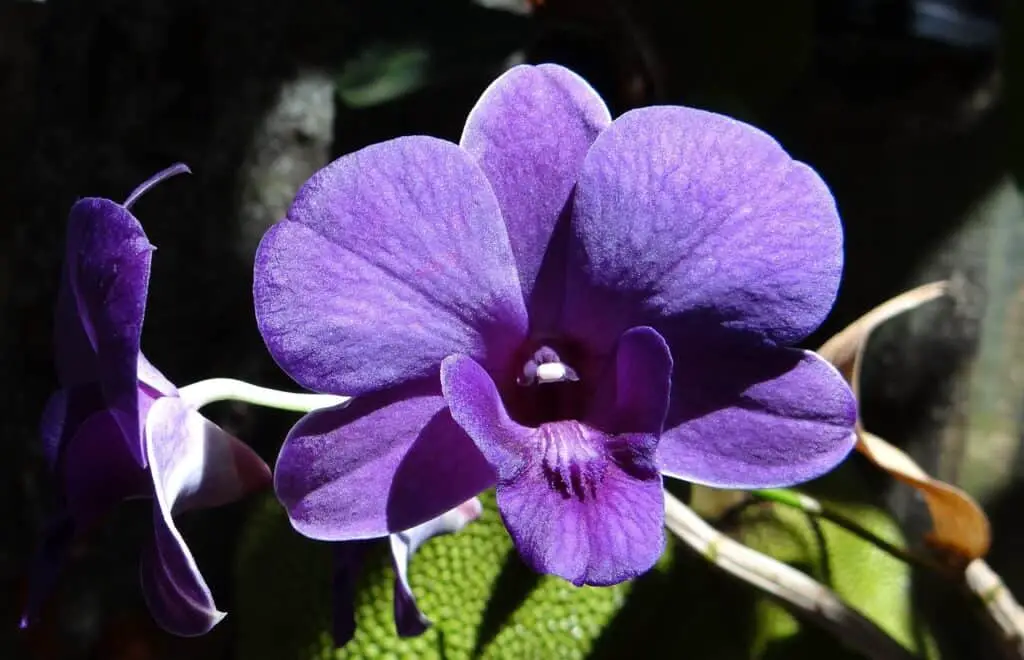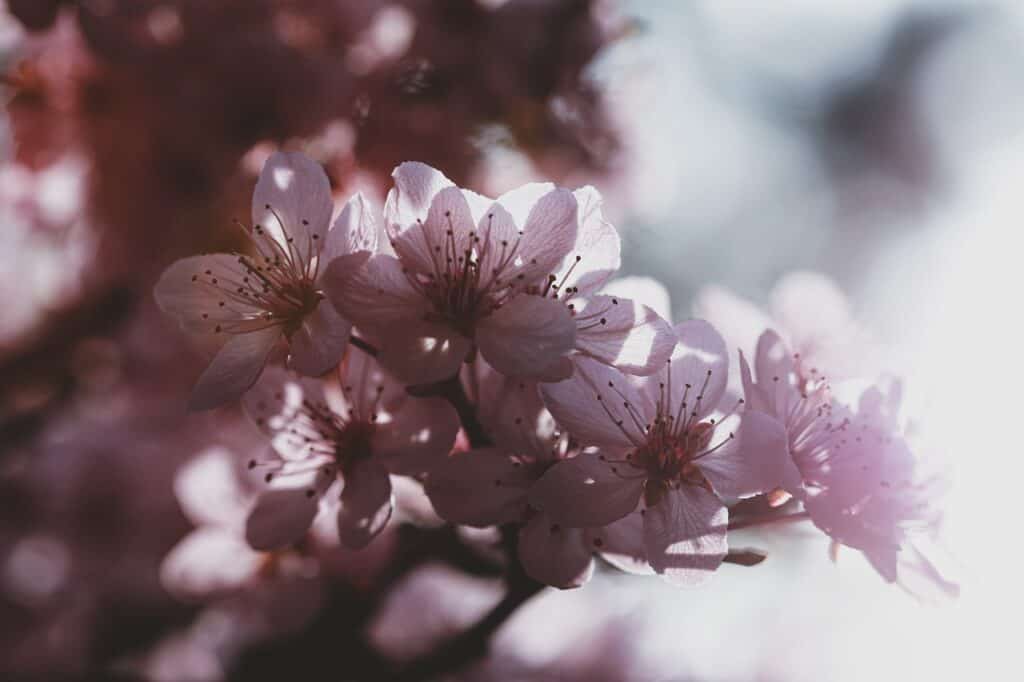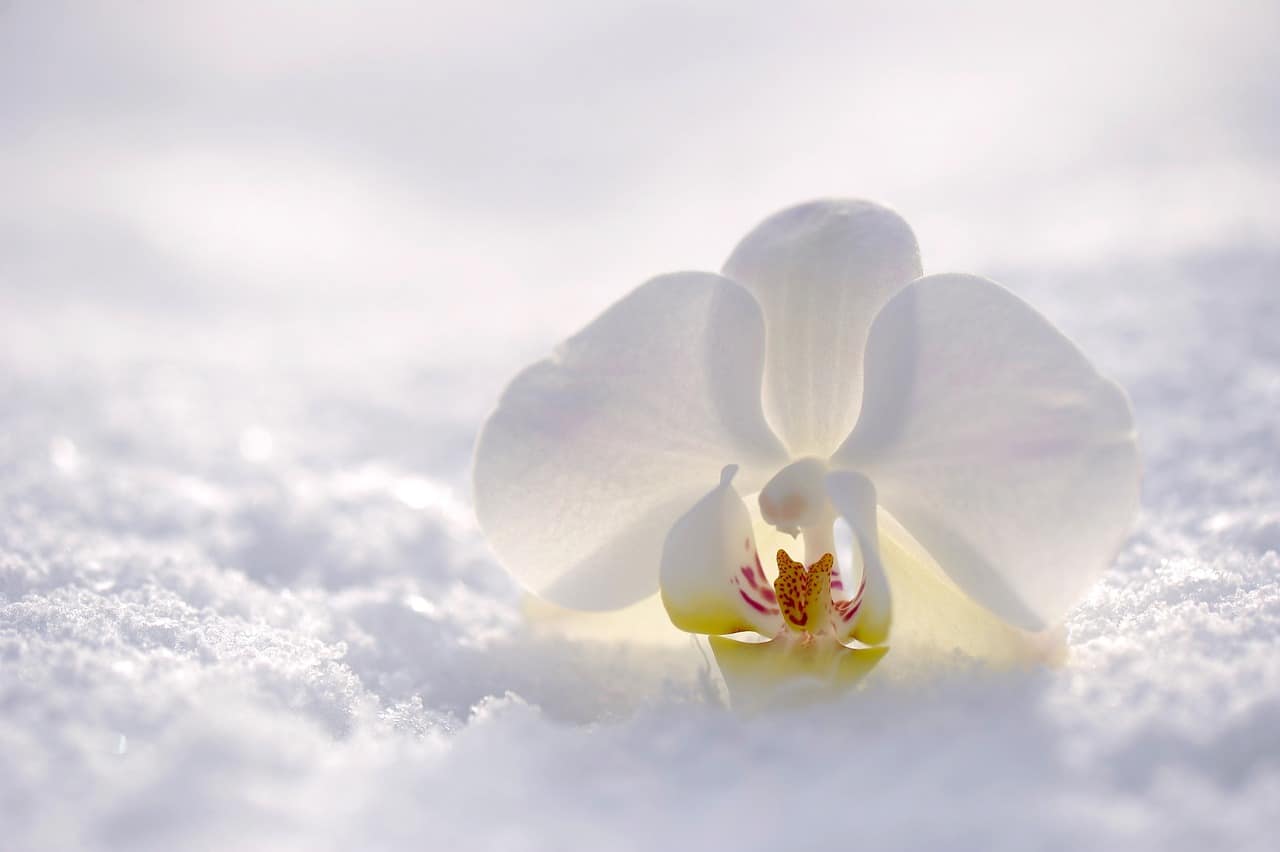Orchids are breathtaking flowering plants popular for their beauty and exotic look. They come in a wide range of colors, sizes, and shapes. Orchids are well-loved by gardeners and homeowners, as they make for excellent houseplants and ornamental plants. One of the biggest challenges for orchid lovers, however, is determining if their orchids are dead or merely in poor shape. This guide will detail the steps you can take to determine if your orchid plant is dead or in need of care.

Signs of an unhealthy Orchid plant
Your orchid plant’s health is vital to establish if it is dead or not. Here are some indications that your orchid plant is in bad shape:
Pale or discolored leaves
Orchids with discolored or yellowed leaves are unlikely to survive. This color change signifies that the plant is experiencing a nutrient deficiency that affects its overall health. Additionally, this could signal the development of root rot or bacterial disease in the orchid.
Lack of new growth
Orchids typically produce new growth or fresh leaves four to six times a year. If an orchid plant fails to produce more leaves after a year of nurturing it can be impossible to revive it. Thus, the lack of new growth is a significant sign that the orchid plant is unable to recover.
Assessment of Orchid Roots
Examining your orchid plant’s roots is a critical part of determining if it is dead or dying. Here are some crucial factors to consider while assessing the orchid roots:
Checking for Root Rot
Root rot is a condition that affects the roots of orchid plants, caused by overwatering or poor drainage. An orchid with root rot has mushy, dark-brown roots that fall apart and cannot support the plant. If you have an established orchid plant with root rot, it may be impossible to save it.
Root Elasticity Test
The root elasticity test is critical for evaluating whether your orchid plant roots have become dead or are still alive. Start by taking out the orchid from its pot gently. Try to identify any roots that seem firm and white in color. Gently squeeze and twist those roots to assess their elasticity. If the roots feel brittle or break off, the plant is likely close to death.
Examination of Orchid Blooms
An orchid plant’s blooms are a beautiful feature, but they can also signal if the plant is dying or has died. The following signs should be considered when investigating orchid blooms:
Faded or Wilted Flowers
Orchids usually bloom between 4-6 weeks, and any blooms still present after this time are likely to wilt and fade. If most or all of the blooms are gone, or if they wilt before the end of the standard bloom cycle, it is clear that your orchid plant is dying or dead.
Length of Bloom Cycle
If your plant only bloomed once, and you haven’t seen any signs of new growth or blooming in a year or more, then the plant may have run out of steam. Orchid plants that have two or more blooming cycles per year signify a healthy plant. However, if the plant hasn’t bloomed in over a year and appears to have unhealthy leaves or roots, then it may have run its course.

Conclusion
Orchid plants can be challenging to care for, especially if they are unhealthy, dying, or already dead. This guide has detailed the signs and factors that should be considered when evaluating the overall health of your orchid plant. These tips should help you make an informed decision about your orchid and allow you to identify the issues before it’s too late. As always, regular attention to watering, lighting, humidity, and nutrient needs will keep your orchid plant more likely to remain alive and healthy.

